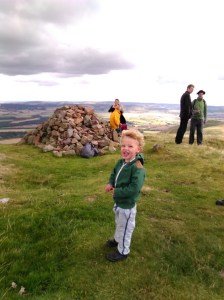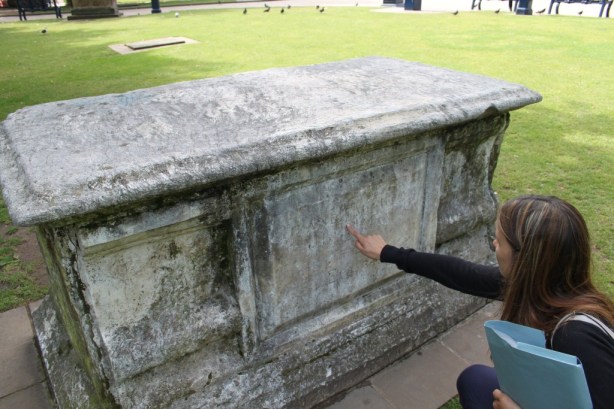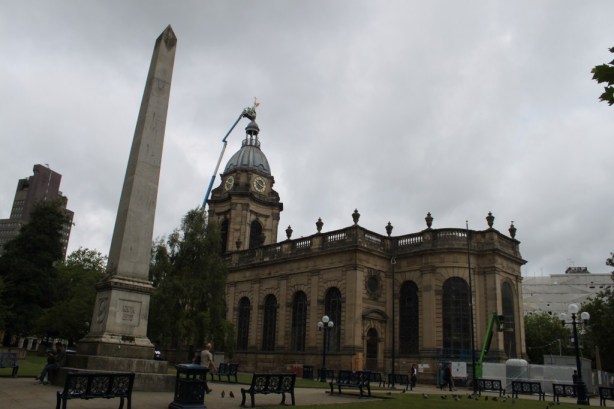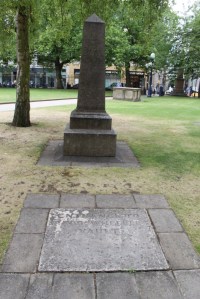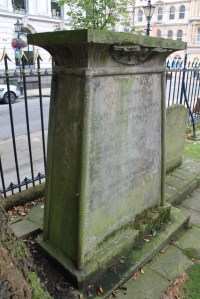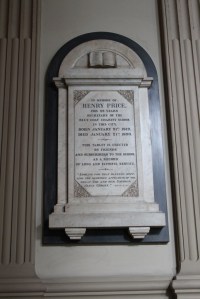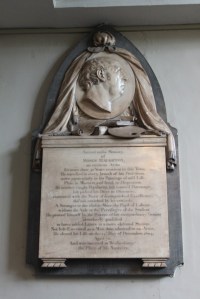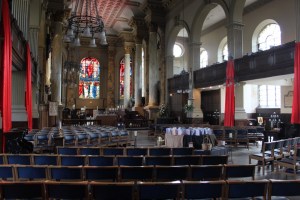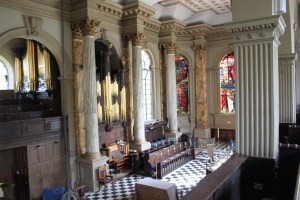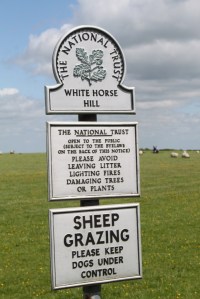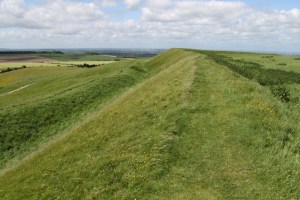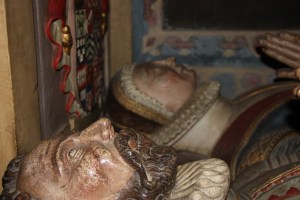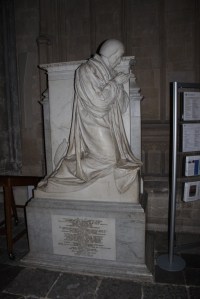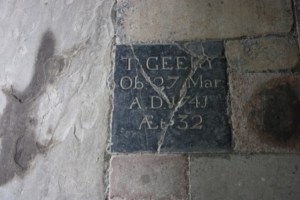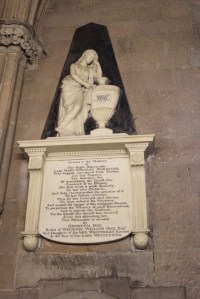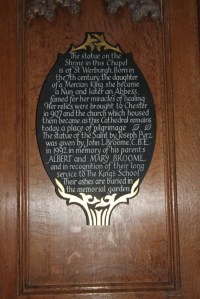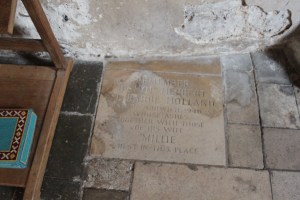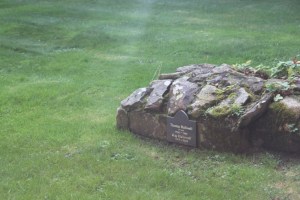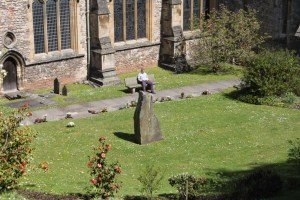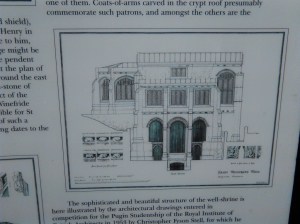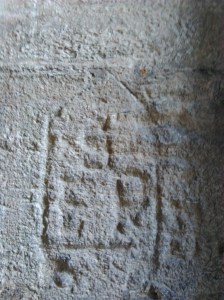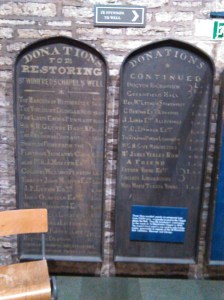From Howard’s Archaeodeath blog.
The latest Past in its Place group meeting was to Yeavering Bell, one of our ‘Ancient Habitations’, our Strand 2 theme for the project. I visited Yeavering two months ago on my own and blogged about it here and here, but this group visited promised the opportunity for me to exchange preliminary ideas with colleagues.
Incidentally, we stayed near Coldstream in an historic farmhouse close to the confluence of the rivers Till and Tweed.
Ad Gefrin
First up, we visited the site of Brian Hope-Taylor’s excavations of the royal Anglo-Saxon palace of Ad Gefrin, the subject of a previous post. We discussed the nature of the site, the innovative and national standing of Hope-Taylor’s excavation and their legacy on how we think about early medieval settlement and society in Northumbria. In heritage terms, we noted how the site has condensed the story onto the Anglo-Saxon phase despite the complex and long biography of the locale revealed by Hope-Taylor’s excavations. We also noted the challenge of apprehending a site where no standing monuments have been preserved as earthworks. The quarry and largely featureless managed field requires considerable imagination. The few signboards present and some cool wooden sculpted gate-posts act as the principal foci of visitor engagement.
One of our project team, Paul, offered preliminary ideas into the place-name and its possible significance. Meanwhile, I summed up my musings regarding the sequence and significance of the Anglo-Saxon phases and the wider topographical and settlement context. At this stage, all I can add to my earlier blog is that, revisiting the site for a second time was extremely useful.
On our walk, we also took in the ‘Old Palace’: now a barn but formerly a house of the 17th century. The name was presumably inspired by antiquarian readings of the landscape in relation to Bede’s Ecclesiastical History through the lens of sources like Camden.
Yeavering Bell
After visiting Ad Gefrin we ascended Yeavering Bell hillfort to take in views and to appreciate the size and features of this large prehistoric hillfort. The views are indeed astounding and it was amazing to see the ships moving to and fro along the Northumbrian coast from this vantage point.
We also marvelled at the large stone rampart, the many hut platforms and the summit enclosure and cairn.
The hillfort’s relationship with the Anglo-Saxon palace site on the glacial whaleback ridge to its north were the key focus of discussion. As an observation point, we cannot imagine a situation where people gathered beside the River Glen and would have failed to place observers on the Bell. However, we have concerns with a scenario in which the Bell persisted as a practical and readily accessible refuge for Ad Gefrin’s populace to flee to in times of conflict.
Summary
While our group meeting involved other site visits and other meetings, this was the key element of our assembly. Most project members were there for the first time and to appraise the landscape and the archaeology afresh. Despite this, we have already identified some potentially original lines of enquiry based on the historical, place-name and archaeological evidence. I was also proud of my 3-year-old son who enthusiastically scaled Yeavering Bell with limited assistance: a true goat of the Bell. We didn’t actually meet any real goats, or any real bells.






